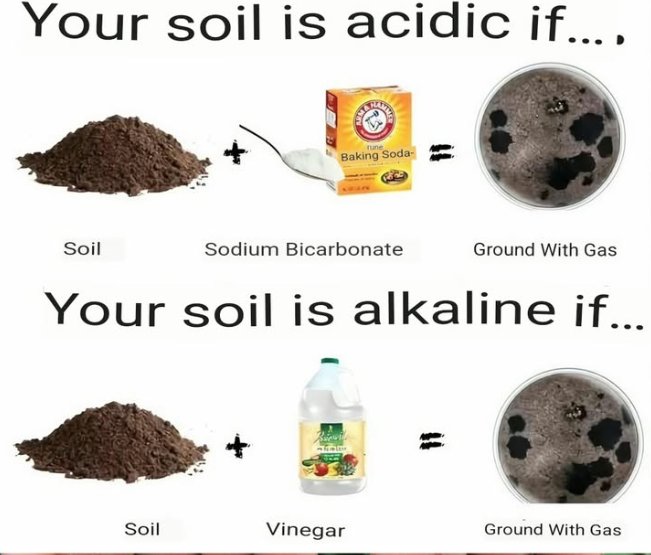Understanding the pH of your soil is essential for the health of your plants. The pH level of your soil determines how well plants can absorb nutrients and grow. If the pH is too high or too low, your plants may struggle to thrive, no matter how much you water or fertilize them. Fortunately, you don’t need to purchase expensive soil testing kits or rely on complex methods to check your soil’s pH. With a simple homemade technique, you can easily determine whether your soil is acidic, neutral, or alkaline. In this guide, we’ll show you how to test your soil’s pH using easy-to-follow steps
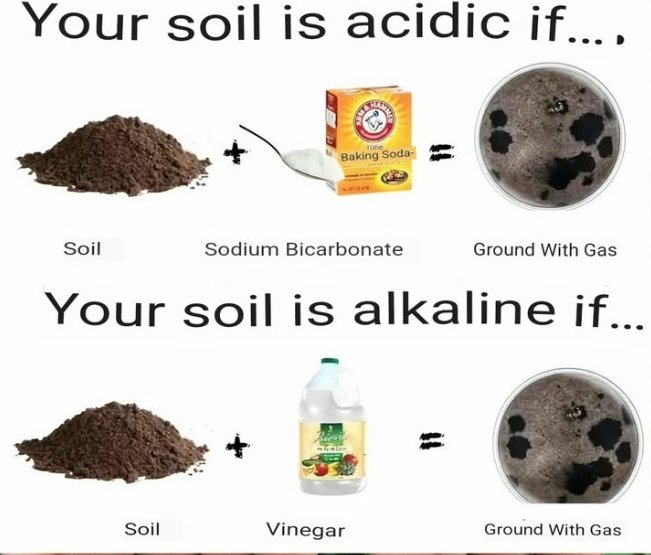
### **Why is Knowing Your Soil’s pH Important?**
Soil pH influences many factors that affect plant growth, including:
– **Nutrient Availability**: Certain nutrients are more available to plants at specific pH levels. For example, nitrogen, phosphorus, and potassium are more accessible in neutral or slightly acidic soils, while some essential micronutrients may become unavailable in highly alkaline soil.
– **Soil Microorganisms**: The pH of the soil also affects the beneficial microorganisms in the soil that help decompose organic material and enhance nutrient cycling.
– **Plant Health**: If the pH is too extreme (either too acidic or too alkaline), plants may show signs of nutrient deficiency or poor growth, regardless of how well you maintain them.
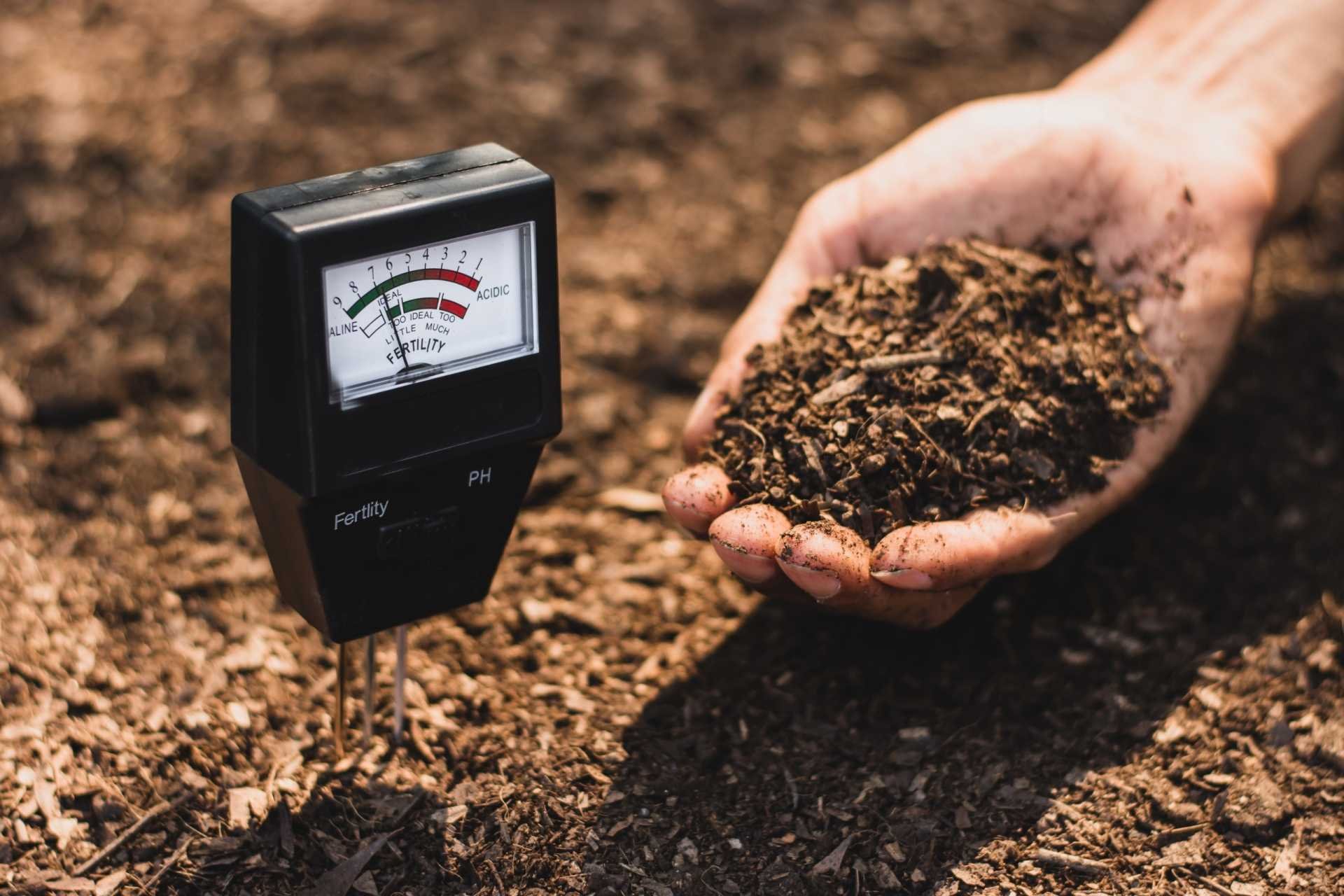
Now that we know why soil pH matters, let’s jump into how to test it using a simple homemade method
### **How to Test Soil pH with a Simple Homemade Method**
Testing soil pH doesn’t have to be complicated or costly. Here’s a step-by-step guide to check your soil’s pH using household items.
#### **What You’ll Need:**
– A small sample of soil (about 1/2 cup)
– Distilled water (tap water may affect the test)
– A small container or cup
– Vinegar (white vinegar works best)
– Baking soda
– A spoon or stick for stirring
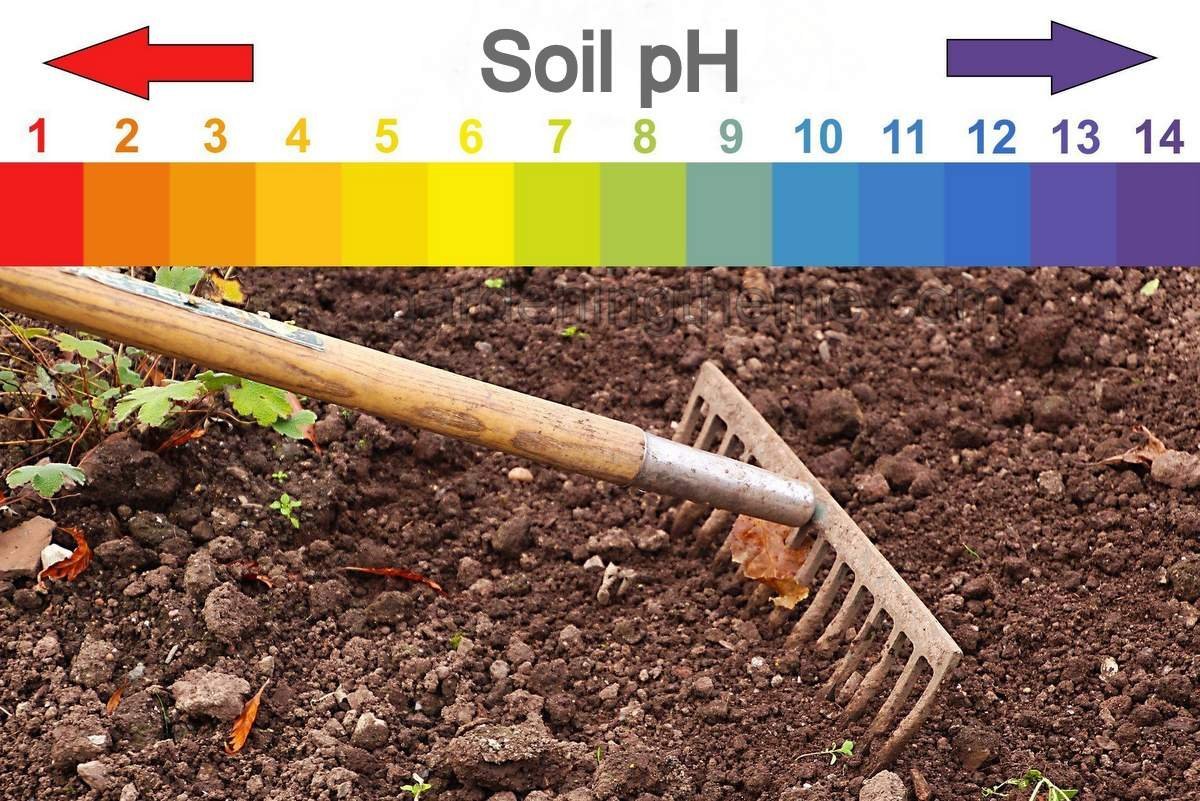
#### **Step-by-Step Instructions:**
**Step 1: Collect a Soil Sample** Begin by collecting a sample of soil from the area you want to test. Dig a small hole in the soil (about 2-3 inches deep) and remove a small amount of soil. Place this soil in your container.
– **Tip**: If you’re testing multiple areas of your garden or lawn, take a sample from each location to get a more accurate result.
**Step 2: Mix the Soil with Water** Add an equal amount of distilled water to the soil sample. Stir the mixture well to create a slurry. Allow it to sit for a few minutes to let the water fully saturate the soil.
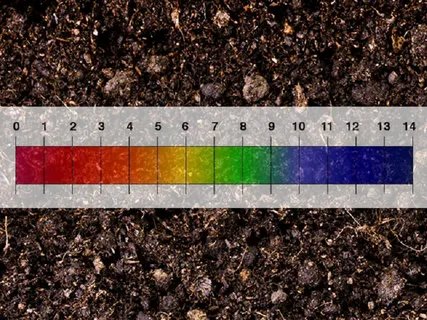
**Step 3: Perform the Vinegar Test (For Alkaline Soil)** Next, take a small amount of the soil-water mixture and pour it into a clean container or another part of your original cup.
– Add about a tablespoon of vinegar to the soil mixture and watch closely for any reaction.
– **What to Look For**: If the soil fizzes or bubbles, it means the soil is alkaline (pH is greater than 7). This reaction indicates that the soil contains high levels of calcium carbonate, which is typical of alkaline soil.
**Step 4: Perform the Baking Soda Test (For Acidic Soil)** Now, take another small amount of your soil-water mixture and place it into a separate container or another part of the cup.
– Add a tablespoon of baking soda to the soil mixture and stir it gently.
– **What to Look For**: If the soil fizzes or bubbles, it indicates the soil is acidic (pH is less than 7). The reaction occurs due to the presence of acids in the soil reacting with the baking soda.
**Step 5: Interpret Your Results**
– **Fizzing with Vinegar (Alkaline Soil)**: If your soil fizzes with vinegar, it means the pH is likely above 7, making your soil alkaline. It could range from mildly alkaline to highly alkaline.
– **Fizzing with Baking Soda (Acidic Soil)**: If your soil reacts to baking soda, the pH is likely below 7, meaning your soil is acidic.
– **No Reaction with Either Test (Neutral Soil)**: If neither vinegar nor baking soda causes a reaction, your soil is neutral (pH of around 7), which is generally ideal for most plants.
### **What Can You Do Based on Your Soil’s pH?**
Once you know your soil’s pH, you can take steps to adjust it according to the needs of the plants you wish to grow.
– **For Alkaline Soil**: If your soil is too alkaline (pH above 7), you can make it more acidic by adding organic matter like compost, pine needles, or sulfur. This will help lower the pH and create a more favorable environment for acid-loving plants like blueberries or azaleas.
– **For Acidic Soil**: If your soil is too acidic (pH below 7), you can raise the pH by adding lime or wood ash. This will help neutralize the acidity and benefit plants like roses, tomatoes, and carrots.
– **For Neutral Soil**: If your soil is neutral (pH around 7), you’re in luck Most plants thrive in neutral soil, so no immediate adjustments are needed.
### **Final Thoughts**
Testing your soil’s pH doesn’t have to be difficult or expensive. By using simple household ingredients like vinegar and baking soda, you can easily determine the pH of your soil and make the necessary adjustments to ensure your plants thrive.
By understanding the pH of your soil, you can take proactive steps to create the best environment for your plants to grow strong and healthy. Whether you’re growing vegetables, flowers, or shrubs, soil pH is a key factor to consider for long-term gardening success.
Remember, the health of your plants starts with the soil, so knowing its pH is the first step in cultivating a thriving garden 🌿👨🌾
